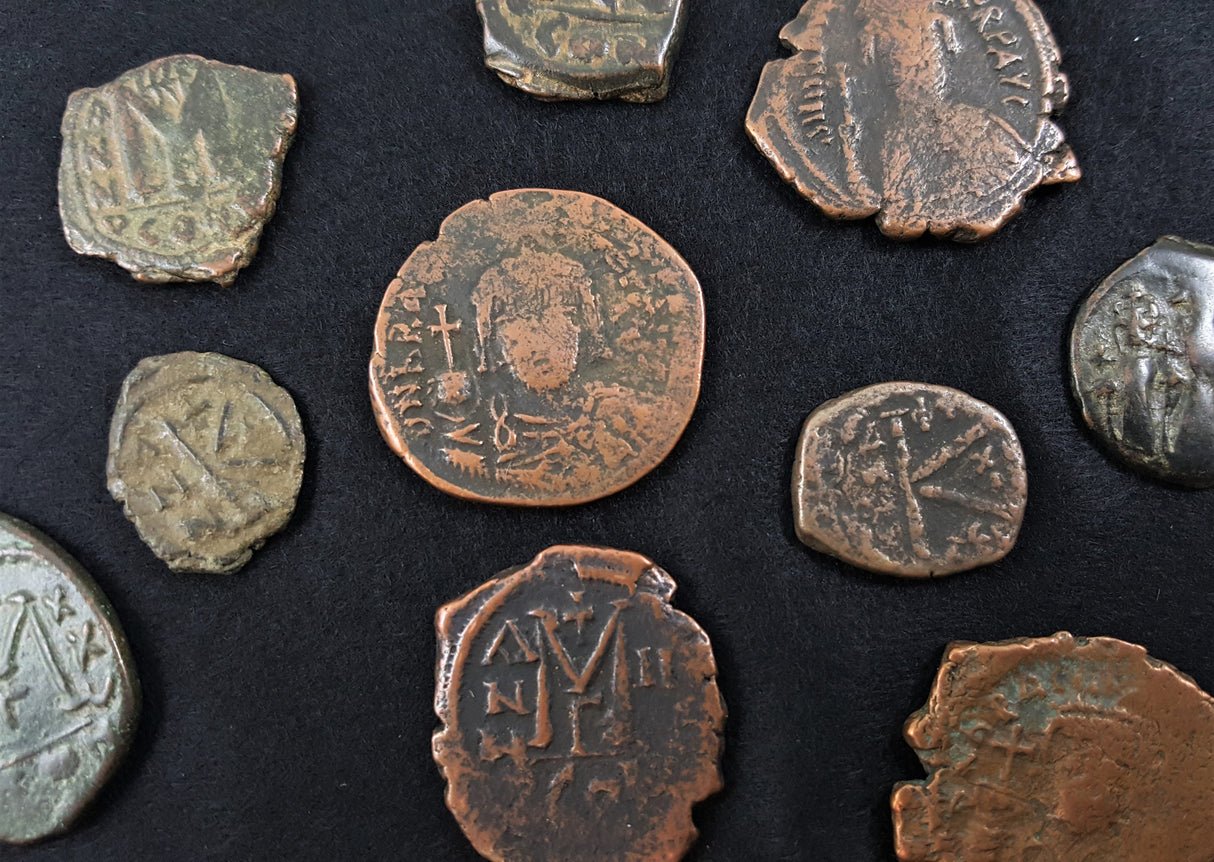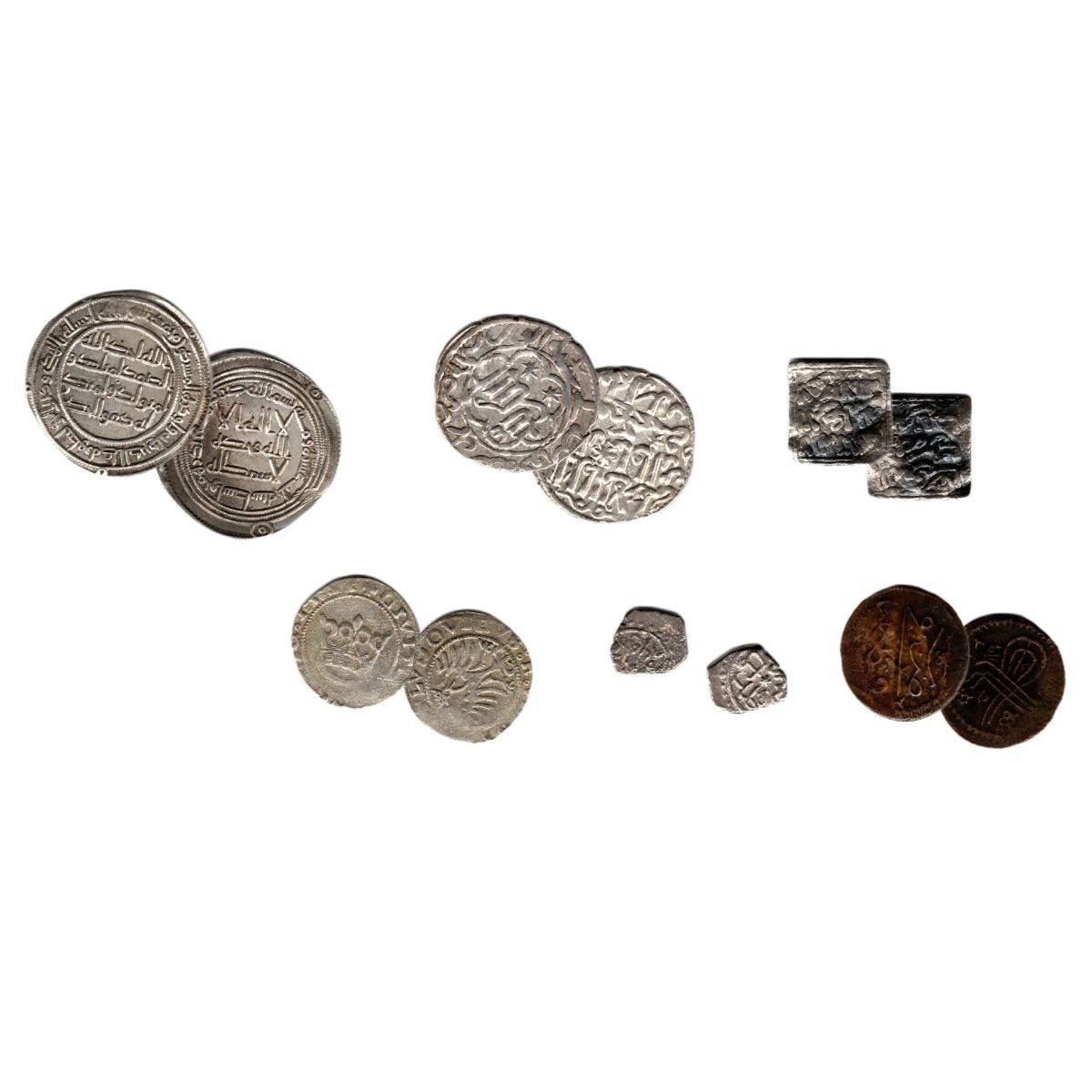Byzantine Silver Miliaresion (Silver Coin) of Emperor Nicephorus II Phocas (about 1060 years ago)
Description: This silver miliaresion (Byzantine silver coin) was minted between 963-969 AD in Constantinople (modern Istanbul, Turkey) during the reign of Emperor Nicephorus II Phocas.
Front Side: Likely features a religious inscription or Christian symbolism
Back Side: Probably displays imperial titles and symbols of authority
Technical Details:
Condition: About Extremely Fine
Mint: Constantinople
Historical Significance: Nicephorus II Phocas was a successful Byzantine military leader who became emperor. His reign marked a period of territorial expansion, particularly against the Arab emirates of the east, where he reconquered Crete, Cyprus, and parts of Syria. Known for his military reforms and austere lifestyle, Nicephorus was eventually assassinated in a palace coup led by his nephew and wife. His miliaresia were part of a stable Byzantine monetary system that influenced currency throughout the Mediterranean and Eastern Europe. The religious imagery typically found on these coins reflected Byzantium's identity as a Christian empire and Nicephorus' own deeply religious character.
Description: This silver miliaresion (Byzantine silver coin) was minted between 963-969 AD in Constantinople (modern Istanbul, Turkey) during the reign of Emperor Nicephorus II Phocas.
Front Side: Likely features a religious inscription or Christian symbolism
Back Side: Probably displays imperial titles and symbols of authority
Technical Details:
Condition: About Extremely Fine
Mint: Constantinople
Historical Significance: Nicephorus II Phocas was a successful Byzantine military leader who became emperor. His reign marked a period of territorial expansion, particularly against the Arab emirates of the east, where he reconquered Crete, Cyprus, and parts of Syria. Known for his military reforms and austere lifestyle, Nicephorus was eventually assassinated in a palace coup led by his nephew and wife. His miliaresia were part of a stable Byzantine monetary system that influenced currency throughout the Mediterranean and Eastern Europe. The religious imagery typically found on these coins reflected Byzantium's identity as a Christian empire and Nicephorus' own deeply religious character.
Description: This silver miliaresion (Byzantine silver coin) was minted between 963-969 AD in Constantinople (modern Istanbul, Turkey) during the reign of Emperor Nicephorus II Phocas.
Front Side: Likely features a religious inscription or Christian symbolism
Back Side: Probably displays imperial titles and symbols of authority
Technical Details:
Condition: About Extremely Fine
Mint: Constantinople
Historical Significance: Nicephorus II Phocas was a successful Byzantine military leader who became emperor. His reign marked a period of territorial expansion, particularly against the Arab emirates of the east, where he reconquered Crete, Cyprus, and parts of Syria. Known for his military reforms and austere lifestyle, Nicephorus was eventually assassinated in a palace coup led by his nephew and wife. His miliaresia were part of a stable Byzantine monetary system that influenced currency throughout the Mediterranean and Eastern Europe. The religious imagery typically found on these coins reflected Byzantium's identity as a Christian empire and Nicephorus' own deeply religious character.
















